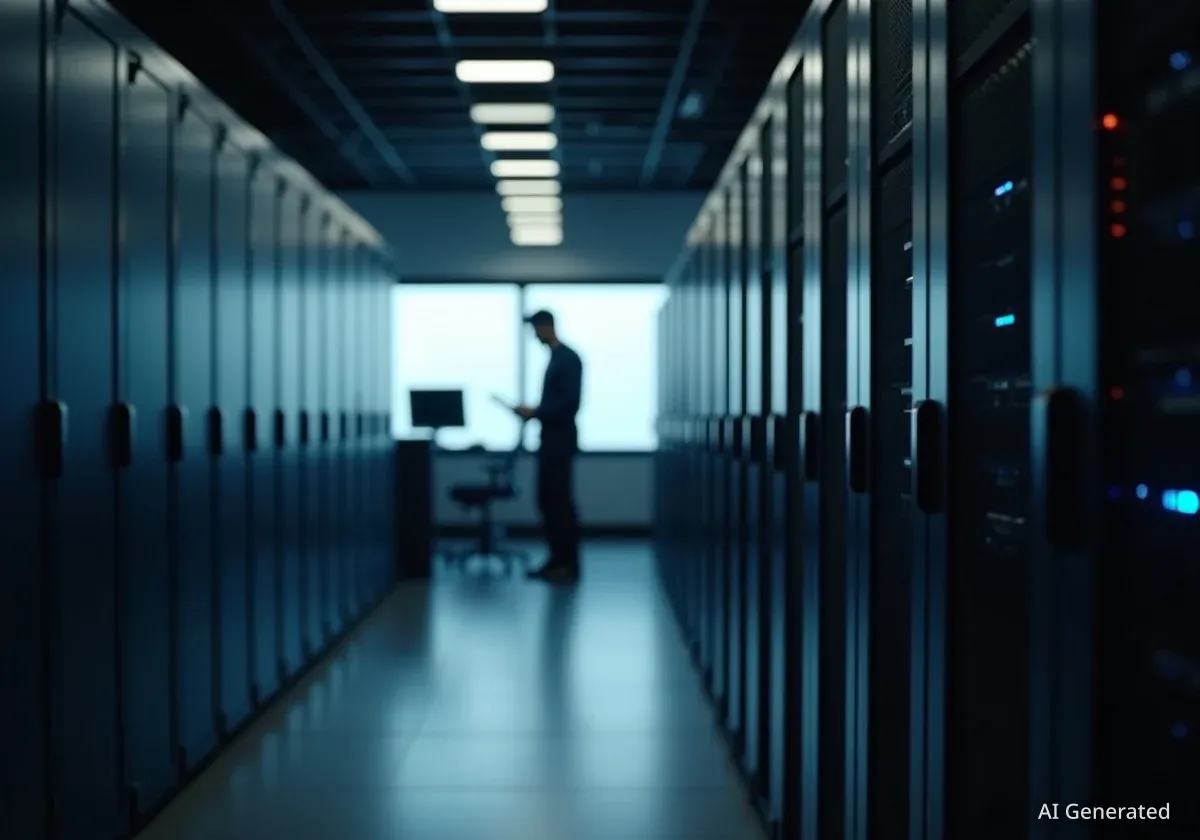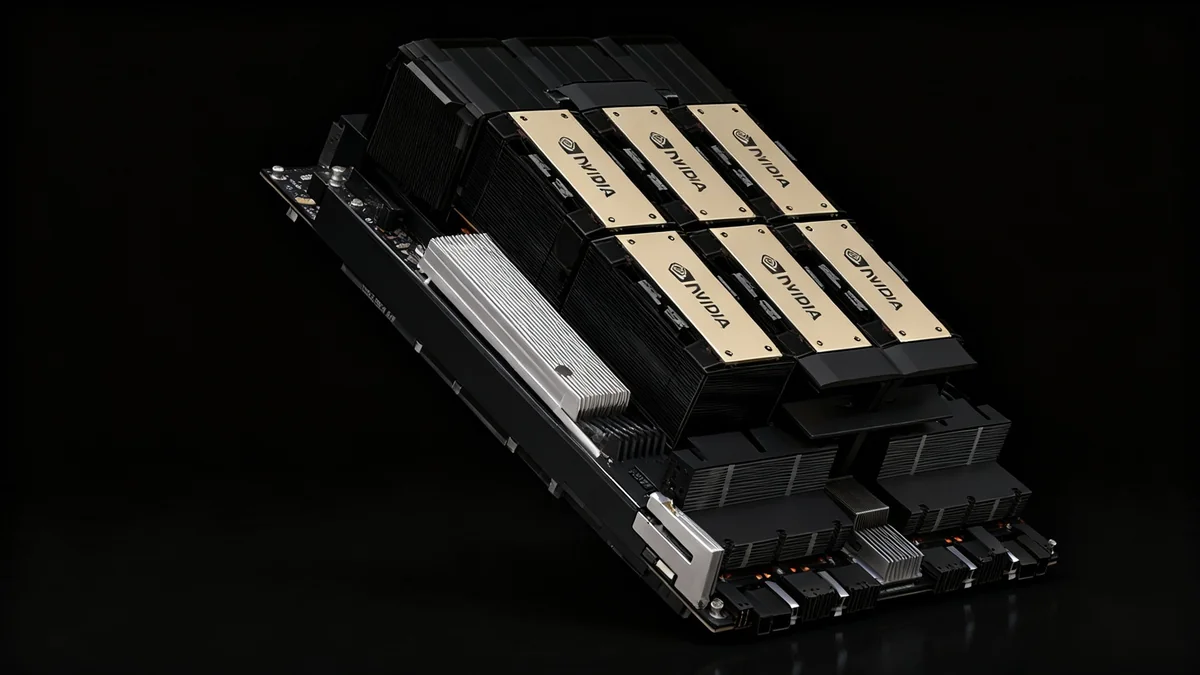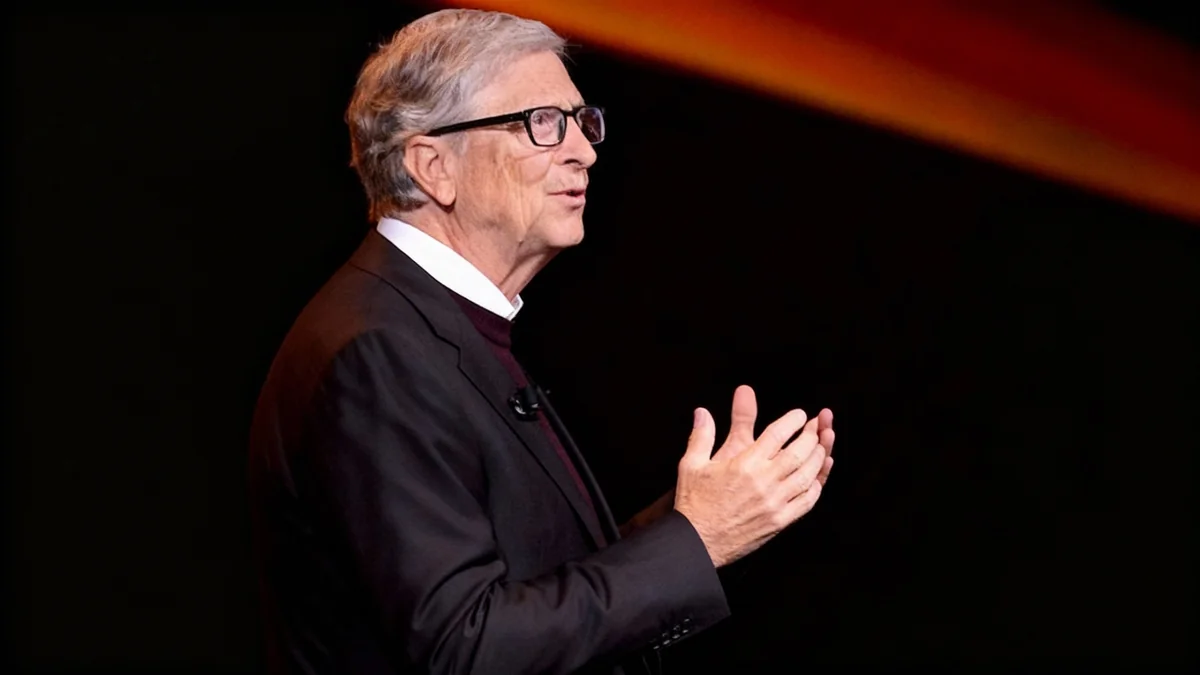Artificial intelligence is creating a notable divide in productivity between large and small companies. Major corporations are reporting significant gains in efficiency and cost reduction due to AI adoption, while smaller businesses are struggling to keep pace, according to recent analysis.
This divergence has become more pronounced since the public release of advanced AI models, impacting various sectors from consumer goods to finance.
Key Takeaways
- Large companies show a 5.5% productivity gain since ChatGPT's 2022 launch.
- Small companies experienced a 12.3% productivity decline in the same period.
- AI adoption is enabling major firms to reduce human roles and cut costs.
- The S&P 500 has outperformed the Russell 2000 significantly since AI advancements.
Large Corporations Lead AI Integration
Since the introduction of OpenAI’s ChatGPT in 2022, large-cap companies have seen consistent productivity increases. A Wells Fargo analysis indicates that these firms are leveraging AI to boost real revenue per worker. This trend highlights a growing gap in how effectively businesses are integrating AI into their operations.
In contrast, small-cap companies have experienced a decline in productivity during the same timeframe. This suggests that the benefits of AI are not evenly distributed across the corporate landscape.
Productivity Snapshot
- S&P 500 Productivity: Up 5.5% since ChatGPT's 2022 launch.
- Russell 2000 Productivity: Down 12.3% over the same period.
Ohsung Kwon, an equity strategist at Wells Fargo, noted this disparity. "While productivity for the S&P 500 has soared 5.5% since ChatGPT, it’s down 12.3% for the Russell 2000," Kwon stated in a recent client note. He added, "We see other examples of diverging trends in consumer, industrial, and financial markets."
Market Performance Reflects AI Impact
The stock market performance of large versus small companies mirrors these productivity gains. The S&P 500, which represents large U.S. companies, has increased by 74% since ChatGPT's debut in 2022. Meanwhile, the Russell 2000 small-cap index has only risen by 39% over the same period. This significant difference underscores the financial advantages gained by larger firms embracing AI.
What is the S&P 500?
The S&P 500 is a stock market index that tracks the performance of 500 of the largest publicly traded companies in the United States. It is widely considered one of the best gauges of large-cap U.S. equities and the overall health of the American economy.
AI's Role in Workforce Reduction
Major corporations are not just improving efficiency with AI; they are also re-evaluating their workforce needs. Many are deploying AI tools to streamline supply chains and, in some cases, reduce headcount. A World Economic Forum survey, published early in 2025, revealed that approximately 40% of companies globally anticipate reducing their workforces over the next five years. This reduction is expected in roles where AI can automate tasks.
"Companies have mostly cited efforts to streamline operations and growth strategy as reasons for cuts, but many are nodding to AI as part of the reason that human worker roles can be axed now or in the future."
Several prominent companies have announced significant layoffs this year, including Target, Meta, Starbucks, Oracle, Microsoft, and UPS. While various reasons are often cited, the underlying theme of AI-driven efficiency is becoming increasingly clear.
Amazon's Robotics Initiative
Amazon stands out as a leader in deploying robotics across its facilities. The e-commerce giant reports that this strategy is improving costs and delivery times. Reports suggest that Amazon executives believe the company could replace over half a million jobs with robots. This move is projected to save about 30 cents on each item selected, packed, and delivered to customers.
Projected Savings from Robotics
Morgan Stanley estimates that Amazon's robotics efforts could save the company between $2 billion and $4 billion by 2027.
Companies Embracing AI for Efficiency
Other companies are also seeing tangible benefits from their AI investments. Klarna, a financial technology company, has been transparent about AI's impact on its workforce, reducing its headcount by approximately 40% due in part to AI integration. CrowdStrike, a cybersecurity firm, announced cuts to 5% of its global workforce in May, attributing the decision to AI efficiencies that "flatten our hiring curve."
IBM's CEO has projected a 30% reduction in non-customer-facing roles by 2028. The CEO also stated earlier this year that AI chatbots have already replaced 200 HR employees, allowing for reinvestment in sales and programming roles.
- Klarna: Reduced workforce by 40% due to AI.
- CrowdStrike: Cut 5% of global workforce, citing AI efficiencies.
- IBM: Forecasts 30% reduction in non-customer-facing roles by 2028.
- IBM: AI chatbots replaced 200 HR employees.
Companies like Palo Alto Networks, Walmart, and McDonald’s are also leveraging AI in ways that analysts expect will improve their profit margins. This broad adoption across diverse industries highlights AI's transformative potential.
Small Businesses Show Mixed Results
While large corporations are clearly benefiting, small businesses are also exploring AI. A September Intuit QuickBooks Small Business Insights survey gathered data from 5,000 small businesses across the US, Canada, the UK, and Australia. The survey found that 68% of these businesses have integrated AI into their daily operations.
Roughly two-thirds of these small businesses reported an increase in productivity. However, this positive sentiment does not yet translate to the aggregate productivity gains seen in large corporations, as indicated by the Russell 2000's overall decline. This suggests that while individual small businesses might see improvements, the broader impact is still challenging.
The gap underscores the need for small businesses to find effective strategies for AI adoption to remain competitive in an evolving economic landscape. The "numbers don't lie," as Wells Fargo's Kwon emphasized, pointing to a clear shift in the productivity dynamics driven by artificial intelligence.





